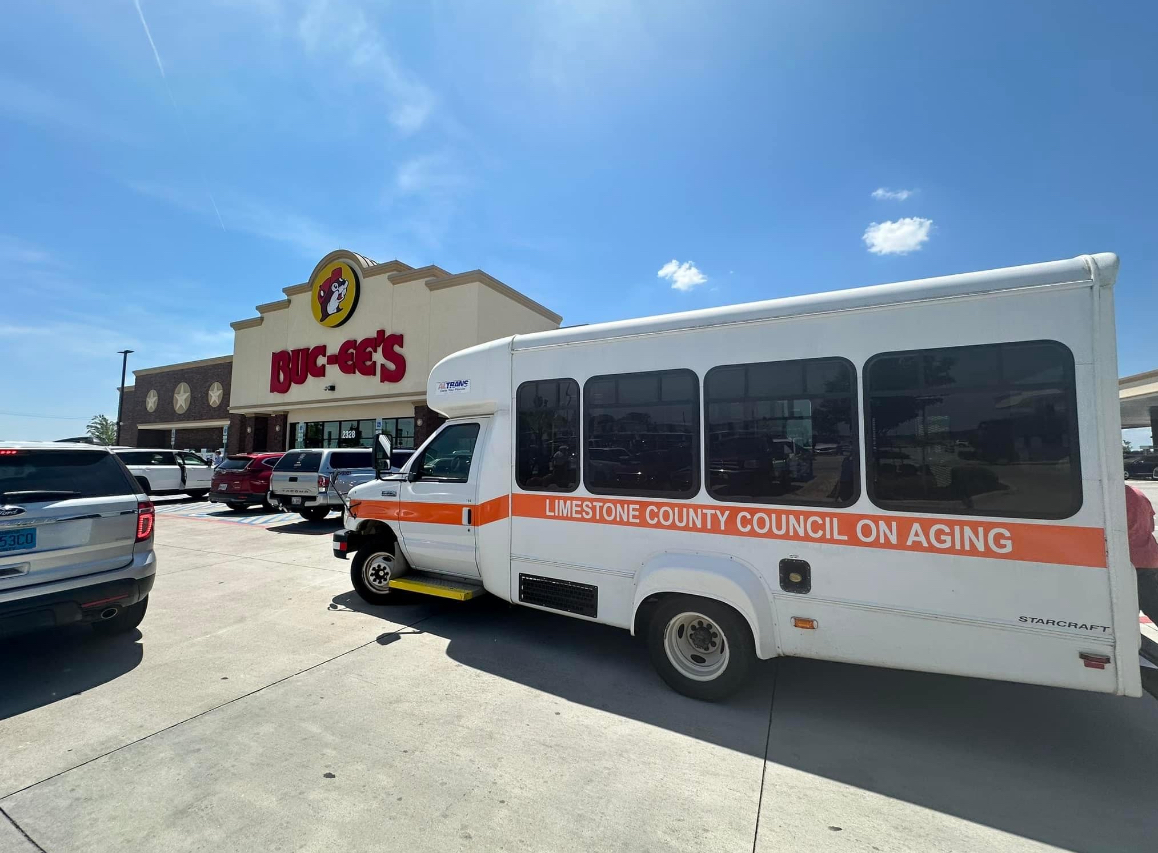(Toni says) Hospice gives caregivers needed respite
Published 12:45 am Saturday, August 10, 2024

- Toni King
Dear Readers: This week I had my own experience with Medicare as my 92-year-old mother has reached her final stage of hospice. I feel it is important for me to explain hospice, so those with a terminally ill loved one learn the value of it. This information was given to me by the hospice provider taking care of my mother.
Dear Toni: I advise spouses and adult children who are seeking advice for their loved one who is having end-of-life issues. Hospice can help those who are taking care of a family member who has a serious health care issue during end-of-life care.
Can you explain hospice to your readers? I am sure it will help those who are experiencing what you are, Toni. Hospice gives the primary caregiver some rest during a stressful time. Thanks in advance. — Sharon from Houston
Dear Sharon: Thank you for helping with my mother’s transition from living at home to moving to a personal care home since her dementia has progressed. Hospice is a subject that the average caregiver does not understand. Many wait too long to discuss hospice with their loved one’s doctor.
Most Americans believe hospice is only for the last days to help a person die peacefully. I was blessed because the home health company helping with my mother’s care claimed she would qualify for hospice and advised me to talk with her primary care physician to explain that she was terminally ill and needed hospice care. Because this process began more than two years ago, it made this transition a less stressful experience.
Here is some helpful information about hospice:
— Health care professionals in the hospice system include physicians, nurses, social workers, spiritual counselors, certified nursing assistants and volunteers. A hospice provider goes where the patient lives to provide the care.
— The 2024 Medicare & You handbook explains on page 26 what hospice is and that Medicare covers hospice under Medicare Part A. The doctor who orders hospice must certify that a patient is terminally ill and has 6 months or less to live. When a patient agrees to hospice care, they agree to comfort care (palliative care) instead of treatment to cure the illness and must sign a statement choosing hospice care instead of other Medicare-covered treatments for the terminal illness.
— Hospice can be recertified every 6 months by a hospice medical director or hospice doctor if the patient is still terminally ill (as in my mother’s case). Original Medicare will be billed for the hospice care.
— Hospice will cover all medical care for terminal illness and Original Medicare or a Medicare Advantage Plan will pay for health problems that are unrelated. (Co-pays will apply.) Medicare-certified hospice care is usually given in the home or other facility, like a nursing or personal care home. (Additional details on hospice are explained in chapter 2 of Toni’s Medicare Survival Guide Advanced edition.)
Medicare costs under Hospice are:
— You pay nothing for hospice care (Medicare pays)
— You pay a co-payment of up to $5 per prescription for outpatient prescription drugs for pain and symptom management.
— You pay nothing for Medicare-approved inpatient respite care, which is a 5-day stay in a Medicare-approved facility so that an at-home caregiver may have a period of rest.
Know that hospice provides comfort, dignity, love, and support. Talk with your loved one’s doctor if you have concerns or need advice with this Medicare journey for your loved one’s terminal health care issue.





